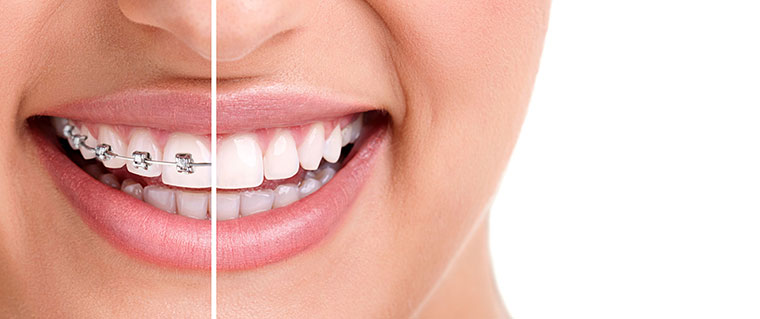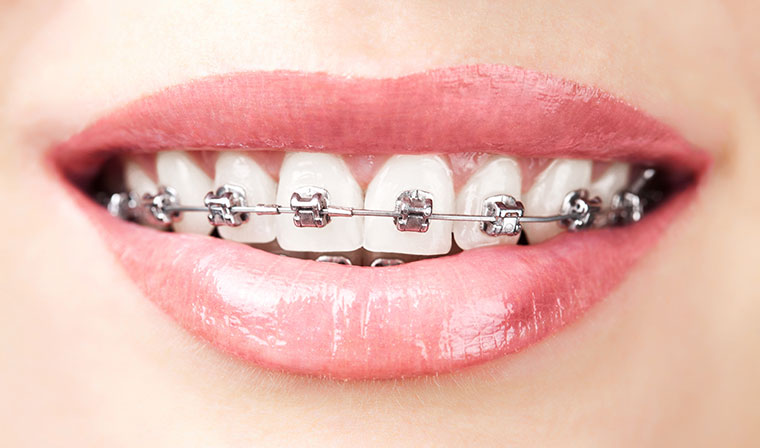Orthodontic treatments like braces help move teeth that are crooked or that do not fit together right. By fixing these problems, orthodontics can also help keep your mouth healthy. Crooked teeth can be harder to clean, putting you at risk for cavities and gum disease. Crooked teeth result in teeth that don't meet correctly when they bite. These problems can mean the teeth are more likely to become damaged or put a strain on jaw muscles. In some cases, abnormal development of the teeth and jaw can affect the shape of the face.
Using x-rays and other tools, dentists at Delta Dental Care will decide if orthodontic treatments are right for you.
An orthodontist uses a range of treatments that are mainly used for:
- Closing wide gaps between the teeth
- Making sure the tips of the teeth are aligned
- Straightening crooked teeth
- To improve speech or eating (oral function)
- To improve the long-term health of gums and teeth
- To prevent long-term excessive wear or trauma (of the teeth)
- Treating an improper bite

Delta Dental Care recommends that the best age is between 10 and 14. This is when a child's head and mouth are still growing and teeth are easier to straighten, but patients can get braces at any age. In fact, more and more adults are getting braces.
Braces are made of bands, wires, and brackets. They gently move teeth into the right position. This can fix the way you bite together.
There are different types of braces. The most common are metal or ceramic brackets attached to the front surface of the teeth. These brackets are much more esthetic and are not easily seen during speech.

Assessment - the orthodontist will assess the state of the patient's teeth and make a prediction on how they are likely to develop without treatment. The following diagnostic procedures will be performed:
- A full medical and dental health history
- A clinical examination
- X-rays of the teeth and jaw
- Plaster models of the teeth
After the assessment is done, the orthodontist will decide on a treatment plan.
- Use tools designed for braces, like floss threaders, interdental brushes, and electric toothbrushes specifically designed for orthodontics.
- Brush with a fluoride toothpaste and floss between teeth after meals.
- Use an antibacterial mouthwash.
- Don't chew on pens, straws, or ice cubes.
- Don't bite your nails or play with elastics.
- Don't eat hard or sticky foods.
Braces have tiny spaces where pieces of food and plaque can accumulate. This can cause staining, white spots, tooth decay, and gum disease. That's why it is important to brush and floss your teeth after every meal.
How your teeth and gums look when braces come off has a lot to do with how you treat them while the braces are on.
If you have any further questions or queries, please feel free to contact us at [email protected]